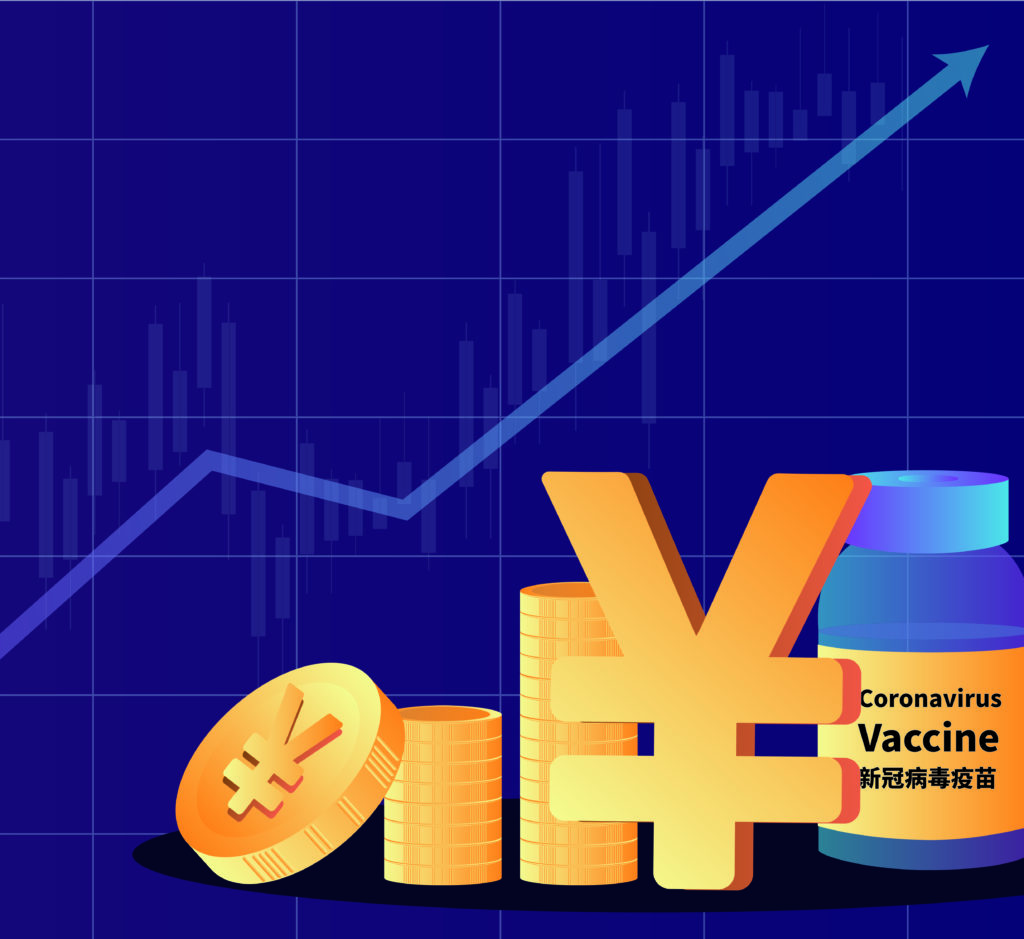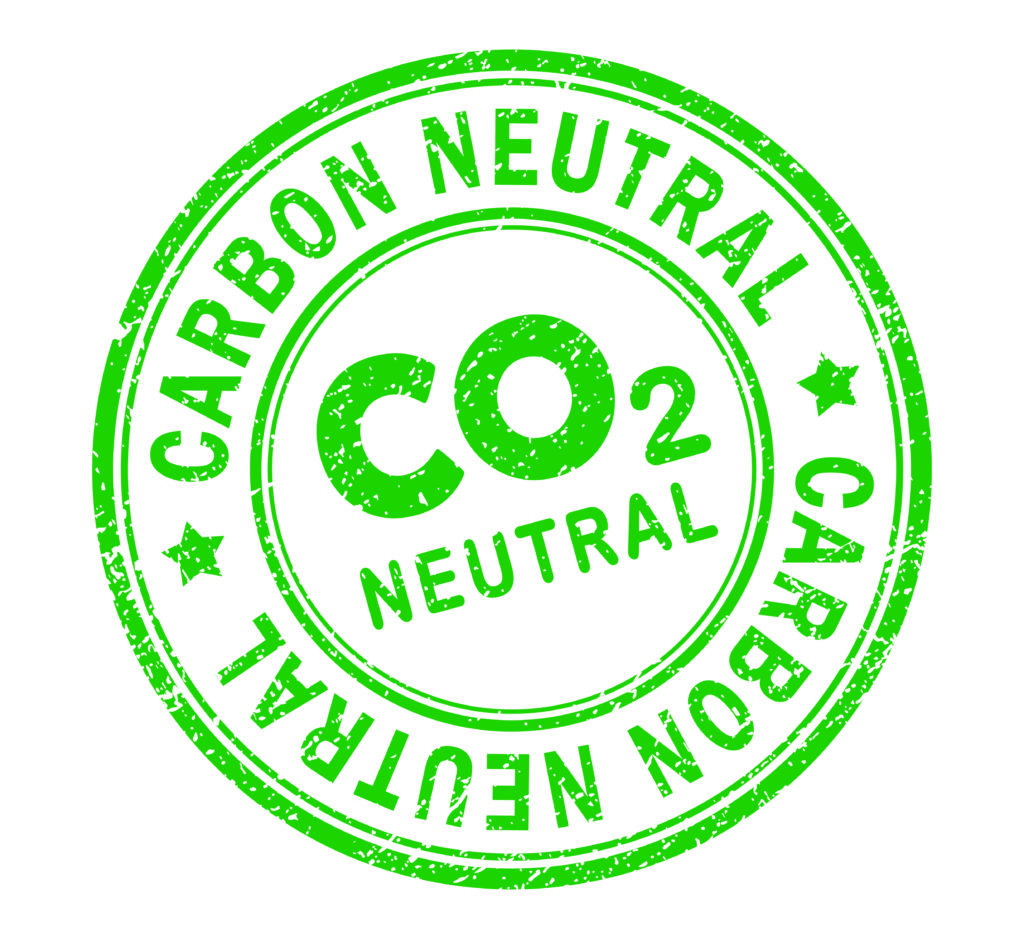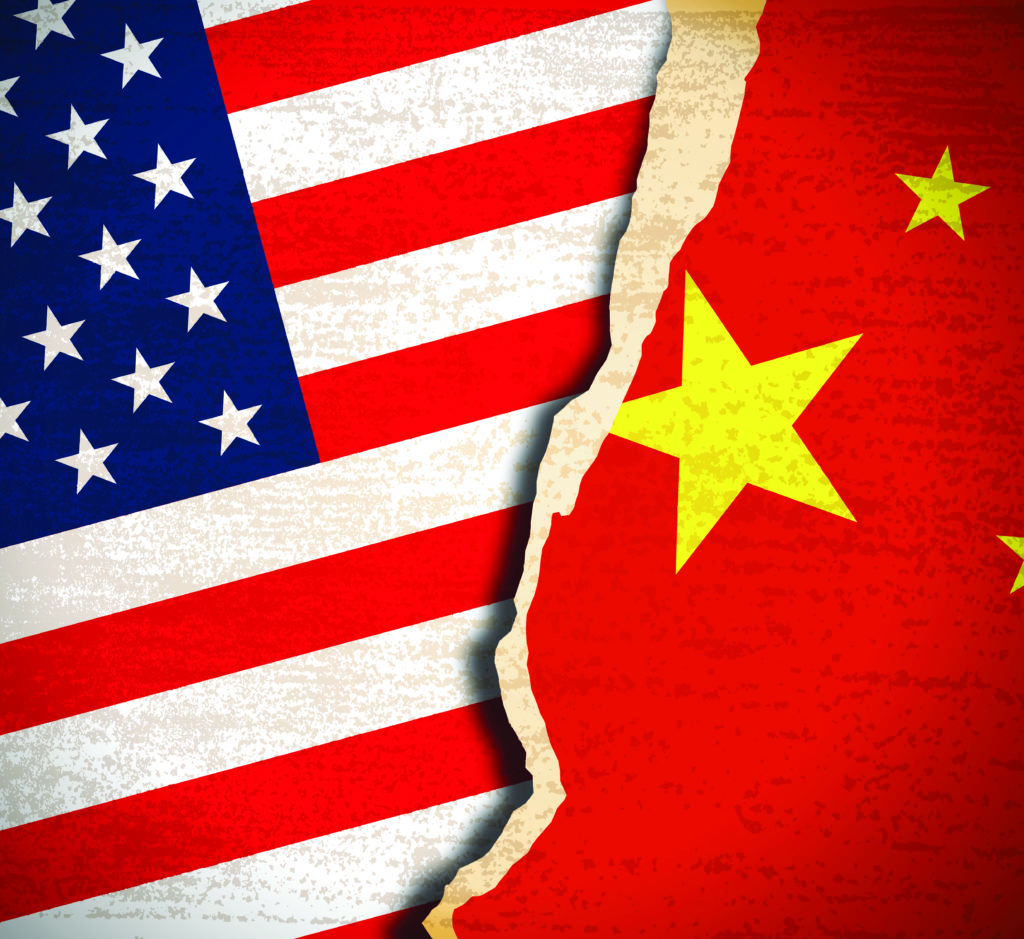As ground-zero for the worldwide pandemic, of all nations, China has had the longest period of all nations to contend with, and recover from, the economic impact of the global recession that followed it. As covered recently in this blog, China has managed to be the only major economy to register economic expansion in 2020. However, this has not been without costs elsewhere in the nation. One of the areas that China has suffered a setback was in their chronic pollution problem. As China’s lockdown ended in the final months of 2020, many of the major gains in pollution abatement had disappeared, literally up in smoke.
China has a stated goal of becoming ‘carbon neutral’ by 2060. However, like many industrial nations, China is also in a Catch-22 situation with regard to continuing to expand their economy while also meeting their goals to reduce their carbon footprint. China’s industrial infrastructure is industry-driven and, in 2019, over two-thirds of their energy was coal (dirty energy) supplied. Coal-based energy is a leading contributor to their challenging air pollution problem. The Chinese cities with the biggest air pollution challenges include Taiyuan, Beijing, Urumqi, Lanzhou, Chongqing, Jinan and Shijiazhuang.
One of the dilemmas China may face in achieving their 14th 5-year plan (the first plan was published in 1953) lies in disagreement among their top government officials about policy priorities. In 2020, the party boss of the Ministry of Ecology and Environment stated that while China remains steadfast in their 2060 goal, provincial efforts to supercharge their post-covid economic recovery, were having a negative impact on winning the ‘blue sky war’. Four of the 20 points stated in this latest Five-year Plan address climate change. They include:
- Reduction in energy consumption per unit of GDP(%)
- Reduction of CO2 emissions per unit of GDP (%)
- Forest coverage rate (%)
- Comprehensive energy production capacity.
All four of the energy- and climate-related indicators are labelled as “binding”. A link to an excellent article from Carbonbrief.org can be found at the bottom of this blog. It provides a thorough summary of all climate-change related policies included in the 14th Five-Year Plan.
Ironically, even as China continues to expand their coal-fired plants, the nation’s air pollution problem is also eroding their gains in GDP. According to a report co-published by Greenpeace and CREA (Council of Republicans for Environmental Advocacy), in 2018, dirty air cost 6.6 percent of China’s GDP, compared to 5.4 percent for India and 3 percent for the United States. Agriculture is one of the hardest hit sectors in China’s economy. The skies are so murky that declines in photosynthesis are reducing crop yields, forcing China to increase the amount of grain the nation imports. A Chinese agriculture expert suggested that, at present levels, smog will create a situation “somewhat similar to a nuclear winter.”
An economic recovery which does not also address the pollution issue in China will have major implications for China’s future economic health as well. According to a report released by Greenpeace and CREA, Pollution is also threatening China’s political stability. According to a Harvard survey conducted in 2016, one-third of respondents in China said they would petition or protest against air pollution had it negatively affected their own health or the health of their family members. It isn’t only China that is being impacted.
Recent research shows that Chinese air pollution has actually contributed to up to 65 percent of the ozone increase in the Western United States. We are, after all, one world.
At the same time, in late 2020, during a video conference with the UN General Assembly, President Xi stated recently that China is aiming to hit peak emissions before 2030 and to achieve carbon neutrality by 2060. To understand how big a commitment this is, consider these three statistics:
- China produces 28% of the world’s CO2 (a greenhouse gas).
- 50% of the world’s coal consumption is burned by China each year.
- Over 25%of the world’s climate pollution originates in China.
China has certainly itself a BHAG (Big Hairy Audacious Goal).
In the same address, President Xi also called on all countries to achieve a green recovery for the world economy in the wake of the coronavirus pandemic. President Xi also promised that China will start down this road right away by instituting more vigorous climate policies. Assuming that China stays on course with this commitment, this could also mean reductions in the amount the nation invests in oil development. China is the biggest energy financier – as well as the largest oil market.
Various environmental advocacy groups have stepped forward to assist China meet their commitment to carbon neutrality by 2060. One of these is the Environmental Defense Fund. The EDF is working with the Chinese government to launch a national system to control climate pollution. Specifically, the EDF has helped China in the following ways:
- Develop a carbon market (carbon credit system).
Initially, the national carbon market will cover the power sector, which includes over 1,700 mostly state-owned companies. This will make it the world’s largest carbon market.
Moving forward, this national carbon market will expand to include more than 7,000 companies in eight industrial sectors (power, petrochemical, chemical, building materials, iron and steel, nonferrous metals, paper production, and aviation).
- Market-based Emission Reducing Incentives
Over the past two decades, EDF has helped China establish a variety of market-based incentives to cut emissions and strengthen enforcement of environmental laws.
- Already, the EDF has trained over 3,600 government and industrial stakeholders on carbon credit trading.
- 58,000 Chinese environmental officers have already been trained
- Under EDF guidance, one million tons of greenhouse gases have been verifiably reduced through low-carbon farming techniques.
- Providing input into new environmental policies and programs which are being included in China’s latest five-year plan.
Under the new administration in Washington, The US and China have also begun collaborating to combat climate change. John Kerry and Xie Zhenhua, the climate envoys for the world’s two biggest economies, have agreed to work together “to tackle the climate crisis” with specific, measurable actions that will reduce emissions in ways that are consistent with the 2015 Paris climate accord. In a joint statement, Mr. Kerry and Mr. Xie said, “Both countries recall their historic contribution to the development, adoption, signature, and entry into force of the Paris Agreement through their leadership and collaboration,” This agreement is particularly significant because it has been reached despite the economic and human rights tensions that exist between our two nations.
China’s progress in addressing the climate crisis is just one of the many facets of life in China we stay abreast of at Word4Asia. We believe that God has assigned mankind to be wise and responsible stewards of all the resources He has given us. In much the same way, we are dedicated to working as stewards of the goals and objectives each of our own clients contract with us. If your plans include China, we believe that our accumulated experience, our mainland China network, and our professional code of ethics may make us an ideal resource for you. If you’d like to find out more about the work we do, and how we may be able to help you, we hope you’ll contact us. You can start by reaching out to Dr. Gene Wood at gene@word4asia.com
https://time.com/5935138/chinas-environment-economic-recovery/
https://www.bbc.com/news/science-environment-54256826
https://www.edf.org/climate/why-china-center-our-climate-strategy
https://www.ft.com/content/71f724ff-a25c-4ff7-8713-b0aa02d3adb5






